We have the honor of sharing with you some hip rehab applications sent to us by physical therapist Bryce Taylor. Bryce shares with us:
"I have a unique opportunity to capture overhead views at my clinic and for the Core-Tex, this makes sense. I've been working with this gentleman for several hip-related cases to restore functional mobility and return him to competitive distance running. He has had surgeries for labral tears and hip impingement. In this case, the Core-Tex has aided in self-administered and guided multi-planar end range of motion of the hip and lower kinetic chain. I like that they can freely explore within the limits of their own subjective boundaries and that, I believe, can have more impact than passive motion."
Bryce Taylor PT, MS
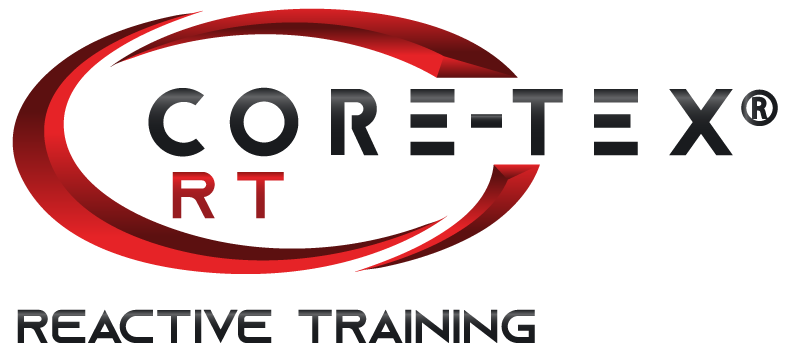
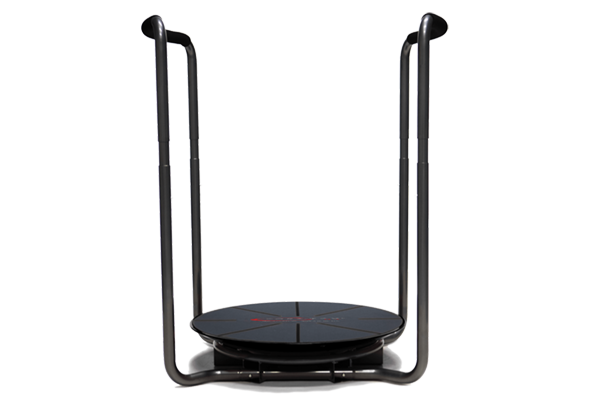
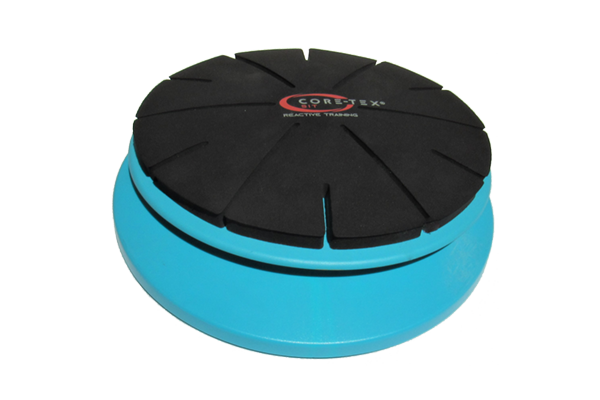
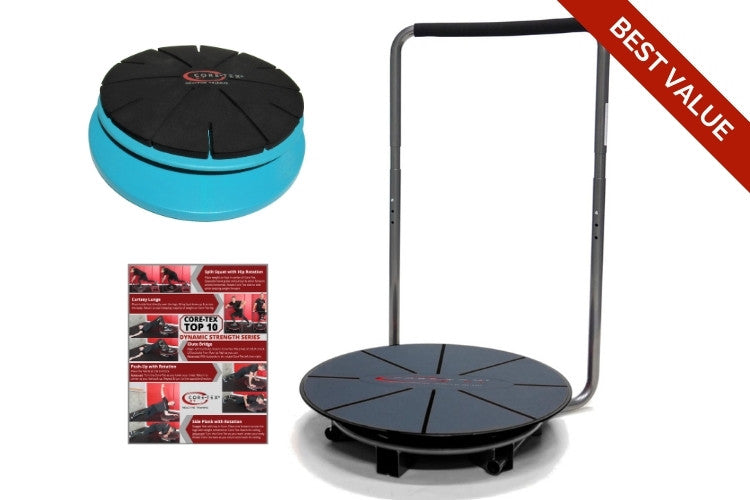

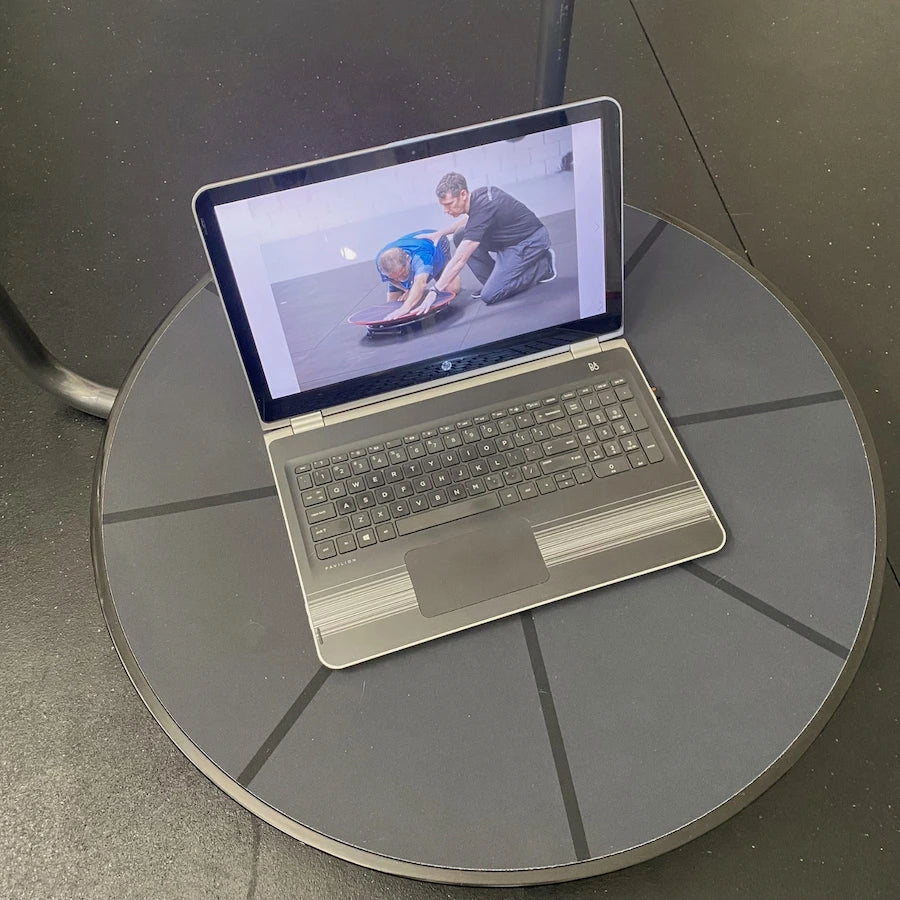
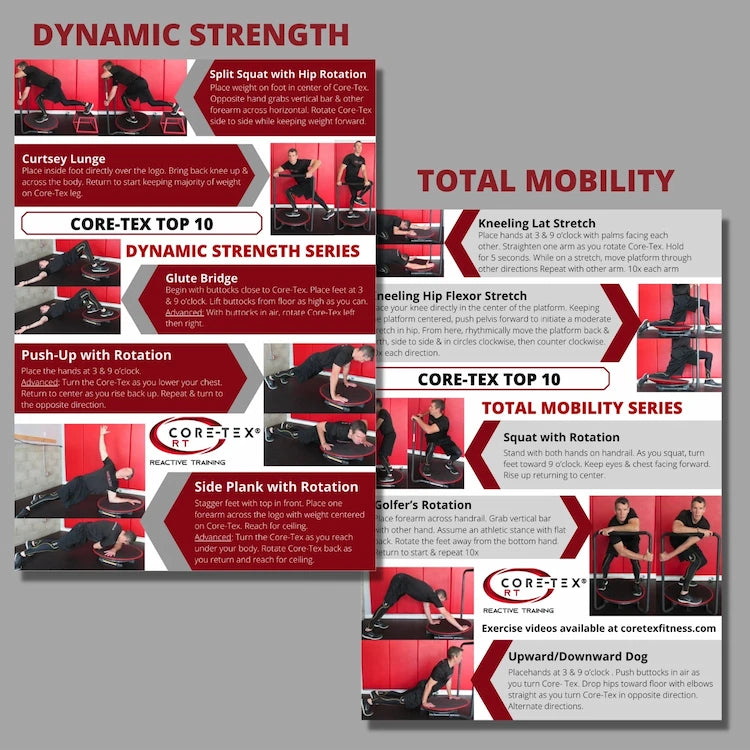
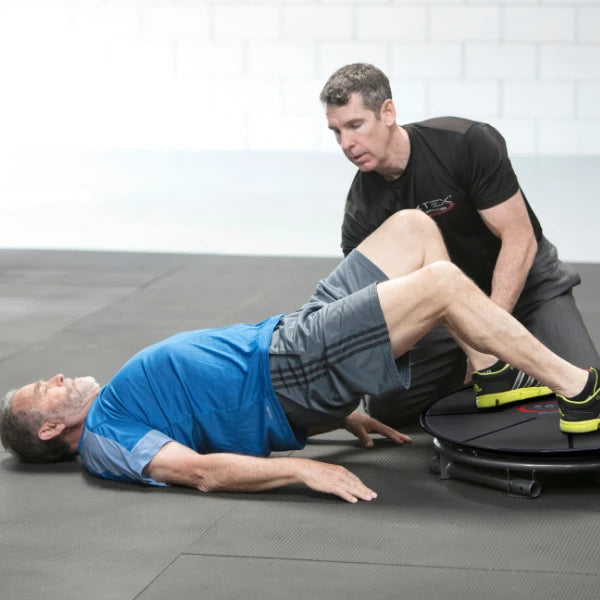
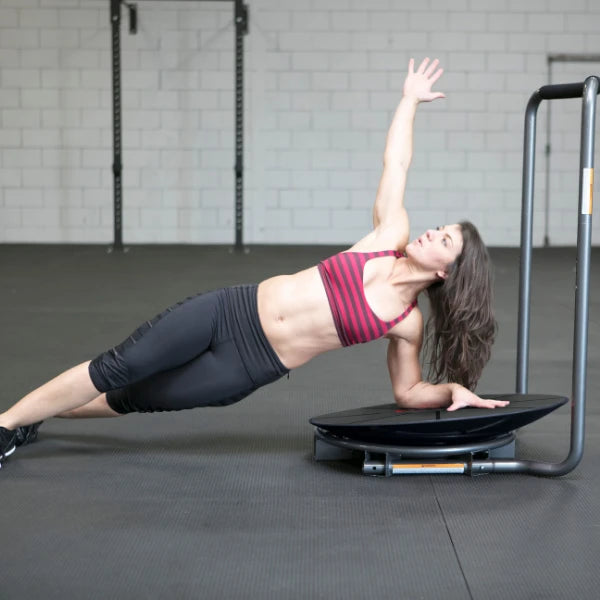
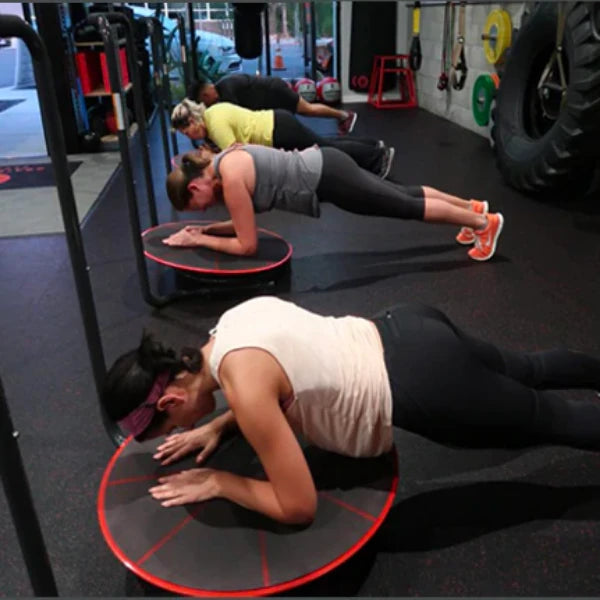
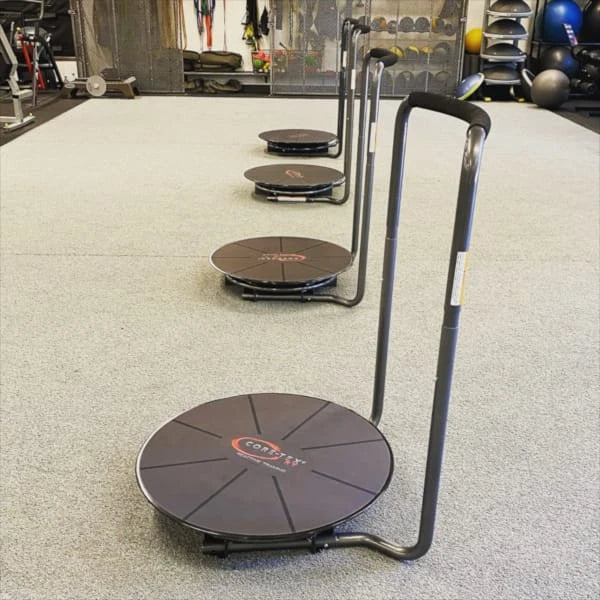
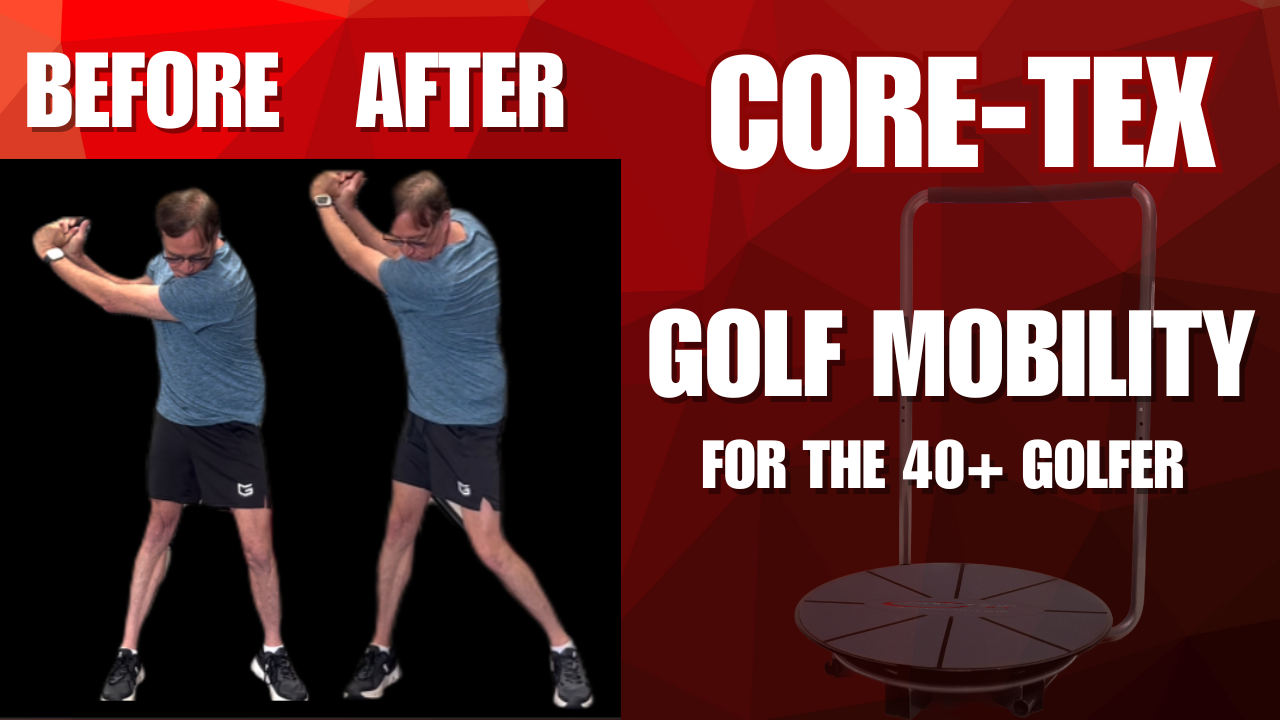
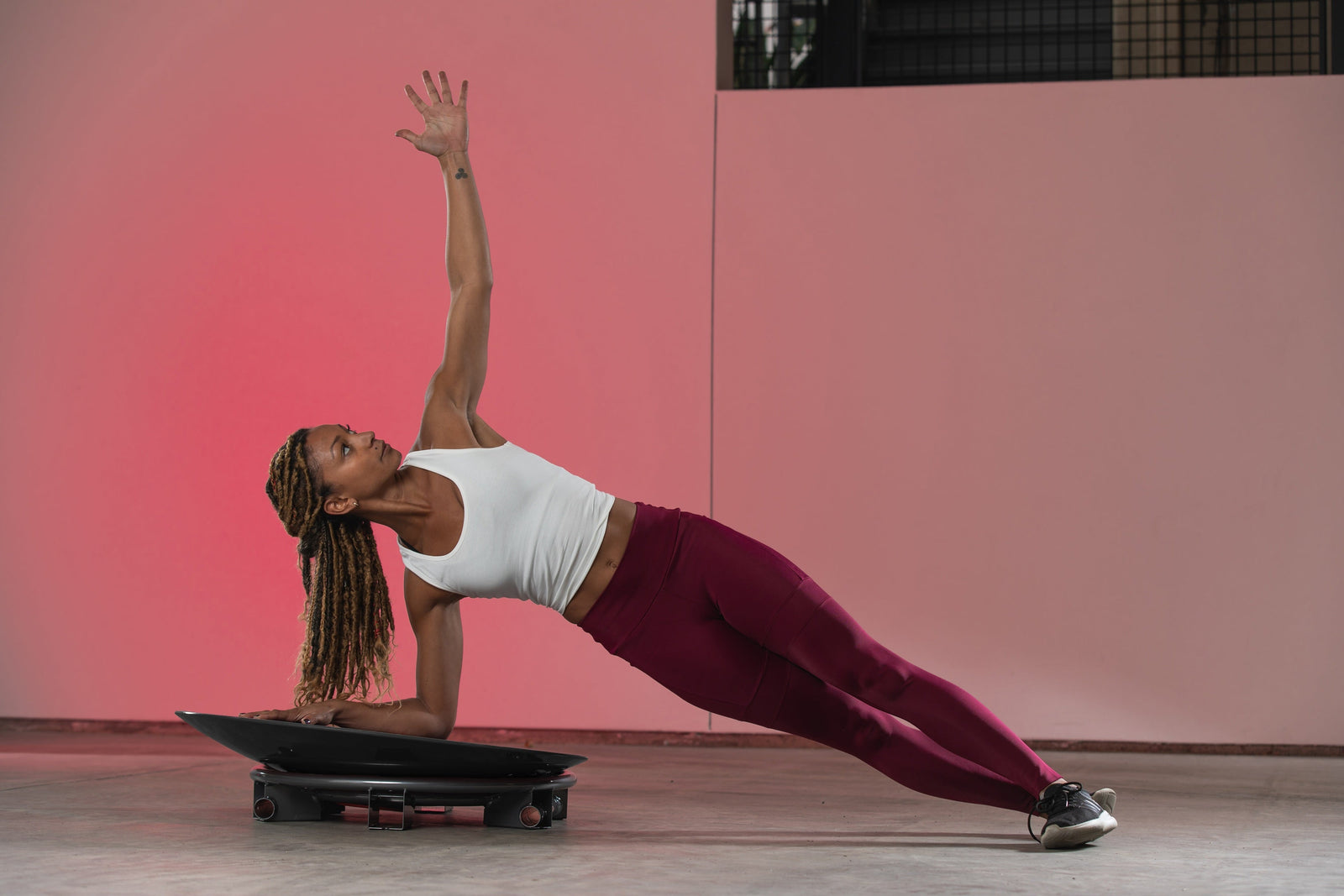

Leave a comment (all fields required)